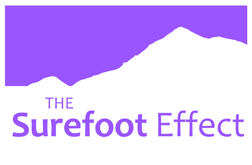|
Our first workshops of the year is about fostering resilience for a flourishing life, community, and the places where we live and enjoy.
You might already have experienced our resilience building workshops during 2021. Whether you have already participated or not, you are most welcome to join the next pair of workshops in February. The workshops are free but please sign up via Eventbrite: Anchoring Communities and Organisations in Resilience in February. At the workshop we will work with resilience tools as: - Compass of Resilience - Time Banking - Community Land Trust The workshops are part of the project Breakthrough for Resilience: People, Places and Communities.
0 Comments
As part of our project Sustainability, Heritage, Health (SHH), I have had the pleasure of investigating, planning and piloting our three planned walks in Scotland. Each walk showcases a different aspect of this beautiful country. This description of the routes is a step towards populating the app we are developing with our partners. Enjoy the tour.
Walking through a UNESCO World Heritage Site The first walk I was lucky enough to experience was through the capital, Edinburgh, which is a UNESCO World Heritage site in its entirety. Starting on the far side of Duddingston Loch, I re-entered the city overlooking a quiet nature reserve in the shadow of the imposing Arthur’s Seat hill. The natural and green slowly gave way to the urban, though was never truly absent. Crossing through the Meadows, a park brimming with the vibrancy of Edinburgh’s youth, into the historic Old Town highlighted the duality of the city. It has often been referred to as two cities built on top of each other, which one can see as they walk towards the Royal Mile over the sides of the many bridges over the streets below. Here is where the tourists congregate; street performers fill the approach to the mighty castle and the sound of bagpipes is ever in the air. Around every corner the rich history of Edinburgh burgeons, and there is far too much to take in on a single visit. In the view of the castle, I began to exit the centre of the city, looking up at the majestic facade with the sun on my face and the fading sound of bagpipes behind me. After narrowly avoiding Edinburgh’s inevitable shopping district, I found myself going down a tiny path next to a grand bridge, not knowing the hidden oasis that awaited me below. By the side of a tiny river, an 800 year old milling village, with modern additions and restorations, sits inconspicuously and easily missed. As a resident of Edinburgh, this was my favourite surprise while planning the route. The walk carries us down the Water of Leith, past galleries and striking memorials. It is truly a treasure in the midst of the city it cuts through. Finally, I exit the city proper and walk briefly through a residential area towards the walk’s terminus on Corstorphine Hill. At its summit, a single stone tower sits amidst the trees, and on the descent, I was greeted by the stunning view of the Forth Bridges, illuminated as if by a complicit sun. On the trail of the industrial revolution, Roman occupation and engineering wonder Moving slightly out from the urban centre, the next route took me through some unlikely places over two days. Some people may say that starting a walk in Cumbernauld industrial estate is a bad idea. I don’t. Central Scotland is an area with a long history of industrialisation, deindustrialisation and disparity. Starting in an “ugly” urban area, I take a path weaving through Scotland’s industrial history along the very canals that propelled it. I see power stations that are rapidly approaching redundancy alongside the distant wind turbines that will replace them. I see the remains of long past Roman attempts at quelling the wild, ever-changing landscape. And I see what the Scottish people have built while preserving the incredible natural beauty just beyond our doorsteps. The Roman wall and hill fort of Rough Castle were impressive given what remains - just earth having been moved for purposes long abandoned. Seeing them and taking in the weight of their history is, I’m sure, something that everyone will react to differently. Shortly after, the contrast of millennia is exemplified by the incredible Falkirk Wheel. “A lift for canal boats” is one way to describe this engineering and artistic marvel, but that doesn’t quite do it justice. The canals themselves were truly welcoming, with boatmen travelling along them for work or just a lovely day out, all willing to greet walkers warmly. It felt like a secret route; central Scotland is the most populated and industrial area of the country, and yet you could hardly tell such have the canals been forgotten by all but an eclectic few. The Avon Aqueduct marked the end of my time by the canalside and my lingering memory of it is one of fear. The aqueduct is really, really high. I’d like to tell you more about it, I’m sure it’s beautiful and an impressive feat of architecture, but mostly I just remember how high it is, 35 metres! Luckily for my acrophobic self, the rest of the walk bore me gently through the woods to Linlithgow, its rich history and many pubs. A breeze of coastline stories The third route abandons the urban side of Scotland almost entirely. Only a short bus ride from Edinburgh, the coast of Fife presents some of the most beautiful walking I have ever done. It presented a bit more of an escape for three days through historic fishing villages, each with their own local stories and personalities. The local history is told through countless information boards, and the efforts to conserve the coastal wildlife is espoused on signs throughout. Local farms put up honesty boxes to sell their products, which always make me far happier than they possibly should. There are a number of golf courses on the route which one must navigate, but one can hardly blame them for setting up here; the views out to sea are absolutely staggering. Distant tiny islands boast their own stories and beckon curiosity, just as the views up and down the coastline itself draw you further along with the promise of further beauty. More than the other routes, this one is peaceful. A quiet meal with a harbour view is a memory that I will cherish, especially because I was lucky enough to share it with someone special. In September, we held two sessions of our workshop 'Creativity Builds Resilience'. These are part of the adult education project Breakthrough for Resilience: People, Places and Communities. The sessions were designed by our Greek partner, the 'Greek Society for Social Psychology and Psychriatry', which together with organisations in Italy and Sweden make up the consortium. 'Creativity Builds Resilience' showcases tools which use the creative arts to help build individual resilience such as 'name your feelings', the drawing of mandala and street art as a resilience tool, 'dealing with criticism' or listening to baroque music. After the workshop, comments included: "Balance of sharing, explanations, and practice was excellent", and "Thank you for cultivating a safe, trusted space in such a short time. I’m so thankful also that you were able to make this accessible in the way you have." Please contact us if you are interested in these workshops for your organisation. Street art by Tom Bob. In the workshop we looked into how street art can be liberating and bring resilience.  The project is co funded by the Erasmus+ programme. Join us to experience and learn how to use a selection of Resilience of Place tools the 22nd and 29th of November.
The workshops are part of our series of Erasmus+ funded resilience workshops, following on from our 'Creativity Builds Resilience' workshops where one participant told us: "The workshop was very helpful and inspiring. I've never experienced an online workshop in this moving way before. Connecting and exchanging with others in the breakout rooms and getting to apply the techniques together and to try them out instantly was very rewarding." In the two connected workshops, participants will learn about resilience tools for communities: - Landscape reading - Restoration - Transformation - Conservation & visualisation - Fairytales We promise fun and relaxing sessions to support resilience for you and your community. You can sign up for these free sessions here. Please feel free to pass this on to anyone who may be interested and let us know if this is something we can run for a group or organisation. Our next team task is to create an app for all to access details of the routes in the project Sustainability, Heritage, Health. Together with our three partners, we have now finished trialling the three routes in each partner country which make up the 'Sustainable Walks Programme.' The programme aims to create routes for people to learn about local heritage as well as initiatives to build sustainability.
At Surefoot we have designed a one-day route within the city of Edinburgh, a 2-day route from Lenzie near Glasgow to Linlithgow, and a 3-day route alongside the coast of Fife with the option to finish in St. Andrews. The 1-day Edinburgh route stops at places such as the Patrick Geddes Museum that commemorates the life of the Scottish town planner and environmentalist, the local green cooperative 'The New Leaf', and the UNESCO-designated Dean Village at the outskirts of the city. Partners in Spain, Lithuania and Greece have designed routes along the St. James Way as it crosses the northern city of Santander, a section of the Lithuanian Baltic coast, and a route along the coast of Athens that ends at Sounio where there is an iconic temple dedicated to Poseidon. Happy walking until next update. Find out more about the SHH apps >> As we go into the summer months, the three Erasmus+ projects Surefoot participate in have continued to progress smoothly. In Breakthrough for Resilience, the four partners completed an 'individual resilience' workshop led by the Greek partner, the Society of Social Psychiatry. Partners explored 6 resilience methodologies that included 'let's draw', 'name your feelings', and 'the sunbeam of resilience' resilience' and plan to share these widely. Shortly after, and with an initial target of 8 participants, our Italian partner VolTo held two sessions of the individual resilience workshop in Italy for a total of 46 people. VolTo and Sweden-based Mobilizing Expertise are jointly preparing the next phase of activities, the ‘place and nature conservancy resilience’ workshops which will begin taking place in the partner countries in the autumn.  Partners of the project Sustainability, Heritage, and Health have now designed the main structure of the three walking routes that each of the four organisations will offer to participants. Recently, the National Agency praised the project team for catching up with scheduled project activities despite a 7-month initial delay due to Covid19 and other issues outside the control of the partnership. Those participating will learn about heritage sites in the four participating countries and sustainability issues at a time when international travel is limited and there is a need to spend time outdoors close to home. There is an emphasis on health by encouraging exercise and mindfulness. The routes will take participants through the streets of Edinburgh, Athens, Vilnius and Bilbao and coastal and rural enclaves in the UK, Greece, Lithuania and Spain such as the coasts of Fife in Scotland, Greek islands, the Baltic coast or the lush forests of Cantabria in the north of Spain.  The team of ‘Once Upon Your Time: storytelling for preventing early school leaving’ have completed the research of methodologies that use storytelling for personal development and to increase mental health in children and teenagers. The Surefoot Effect has covered methodologies that include the use of books in a library, writing in nature, superheroes and a card game with "dark themes" that have led children to write stories ranging from personal experience to topics such as dark holes and the slave trade that would have usually not grabbed their attention. The next phase of the project will see the creation of an advocate document for teachers in the participating countries to use these methodologies in the classroom with children and teenagers.  The three projects are co funded by the Erasmus+ programme. A few updates on the three Erasmus+ projects. Breakthrough for Resilience The project Breakthrough for Resilience has passed its half-way milestone recently. Partners have collected resilience tools in three aspects: people, places and communities, held a pilot workshop in November 2020, and the Society of Social Psychiatry and Mental Health based in Greece has run three further pilot workshops. Our partners will deliver 3 workshops during 2021, each dedicated to one of the three main aspects of the project. Please join us for our Creativity Builds Resilience workshop in June. Sustainability, Heritage, Health In the project Sustainability, Heritage, Health we have together with partners from Greece, Spain and Lithuania started planning the first routes which will explore heritage in the four participating countries and make connections to environmental issues. On one of the routes, in Athens, you can stroll along marble streets that are thousands of years old to learn about Poseidon, god of the seas, and the current state of the world’s oceans, pollution, how millions of people depend on the oceans for livelihoods, and the ways we have to protect them. On one of the routes in Scotland, you can learn about the visionary thinkers and how the country has become a leader in the transition to a more sustainable future.  Once Upon Your Time In the project Once Upon Your Time for schools, we and partners in Iceland, Spain and Slovenia are researching storytelling methodologies. The goal is to adapt these methodologies and work with children aged 11-16 in schools in the four participating countries. More info to follow as the projects progress.  The three projects are co funded by the Erasmus+ programme. The Erasmus+ project "Sustainability, Heritage, Health" officially started on March 16 with the kick-off meeting. Due to the pandemic and the current travel limitations the meeting took place online, instead of us all meeting up in Scotland. Partners Ziniu Kodas from Lithuania, Innovation Frontiers from Greece and the Centre for Ecological Studies AbrazoHouse from Spain joined The Surefoot Effect to initiate project activities.
The meeting took place over 3 2hr sessions where we discussed the general plans for this 3-year project, including management, monitoring, quality control, evaluation and dissemination activities as well as the four main activities of the project: 1) the creation of a walking programme with three different routes in each partner country that will include mindfulness activities and an exploration of local sustainability initiatives; 2) a recipe book with 40 recipes from partner countries showcasing the use of traditional and more sustainable ways of growing food; 3) an online project platform and a mobile application that will hold the walking routes and the recipes; and, lastly, 4) a project handbook that will summarise the experiences of the partners and suggest a path forward for organisations and individuals to engage with and initiate similar projects and activities. We used Zoom breakout rooms to get to know each other one to one, simulating the coffee break times as if we were in person. As next steps, partners discussed ideas for a project logo and will be meeting again soon to speak about the content for the walking routes in each partner country. |
�
AboutHere’s a collection of some of our articles which have been in our newsletters or published elsewhere.
Archives
May 2024
|
Sign up TO SUREFOOT NEWS >>The Surefoot Effect equips people, communities and organisations with skills for sustainability and resilience.
|
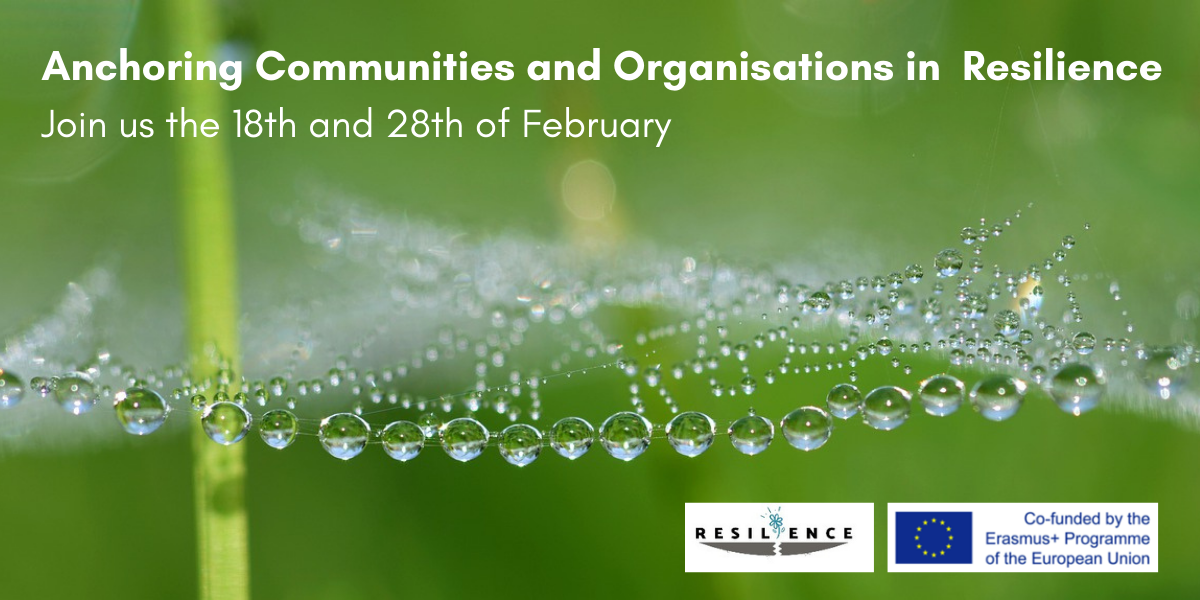
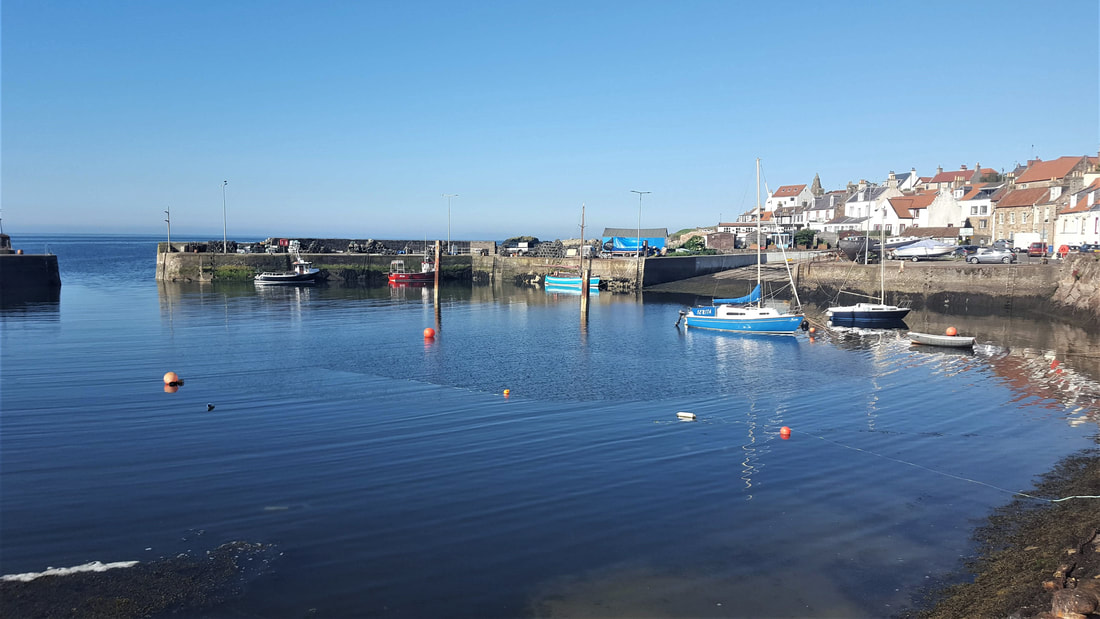

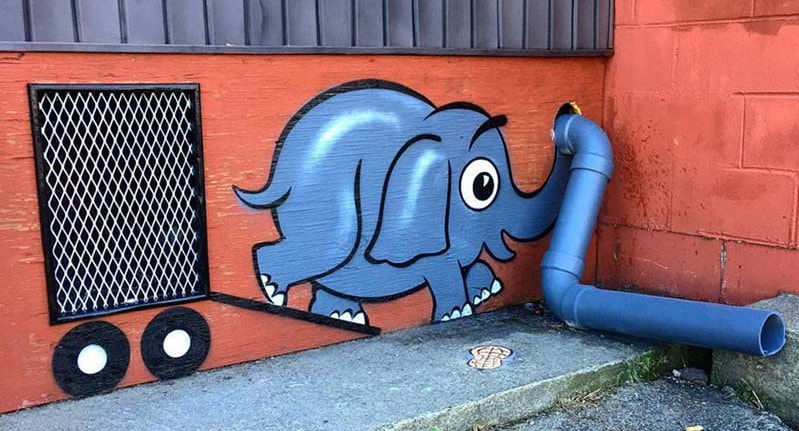
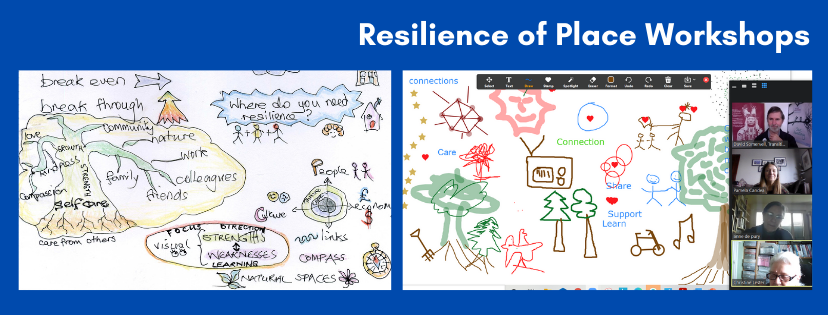
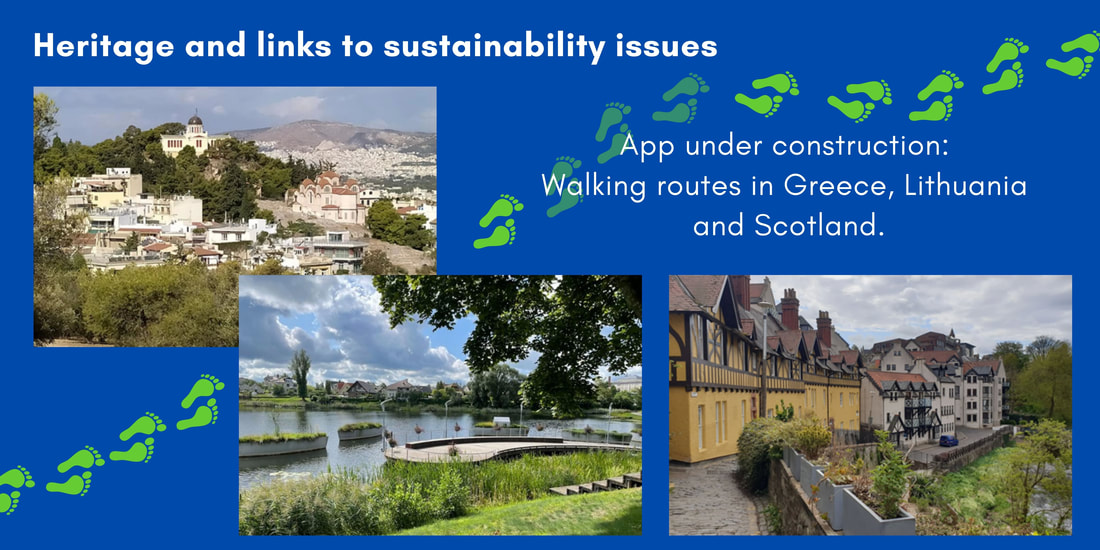
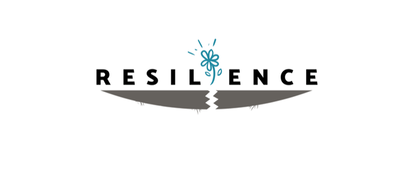
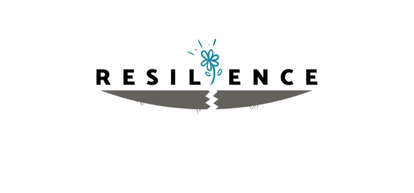

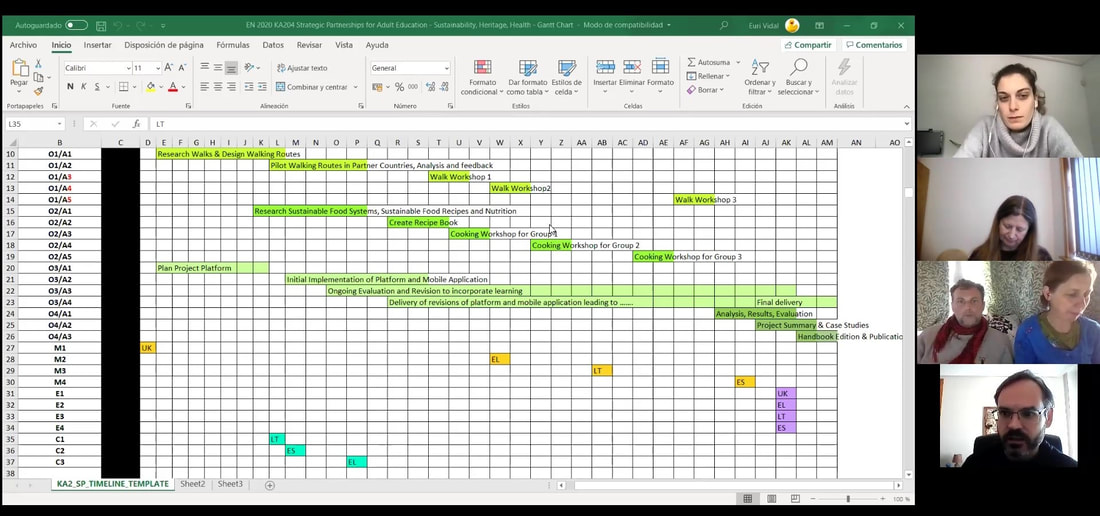
 RSS Feed
RSS Feed
